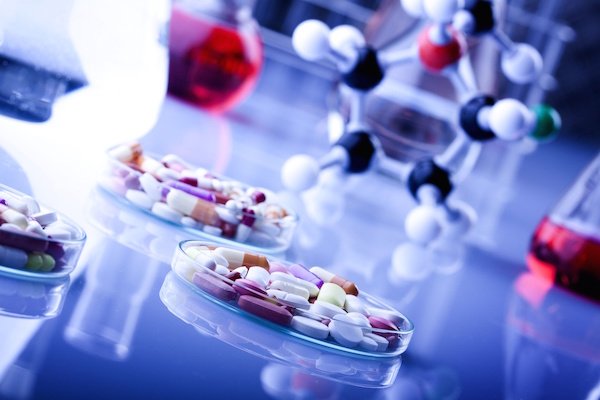
TUESDAY, Jan. 8 (HealthDay News) — More than a third of American doctors say they sometimes or often write prescriptions for pricier, brand-name drugs when a patient requests it, despite the availability of cheaper and equally effective generic options, a new national survey reveals.
The study also found that drug company marketing efforts might play a role in the trend. Doctors who accepted small freebies, such as free drug samples or food or drinks, were more likely to opt for brand-name drugs vs. physicians who did not, the research showed.
“The point is, industry marketing works,” said study author Eric Campbell, a professor of medicine in the department of medicine at Harvard Medical School. “Despite the fact that controlling health care, and not wasting scarce resources, is a fundamental tenet of practicing medicine.”
He said the added costs get passed on to everyone.
“The increased cost of prescribing non-generic drugs when generics are available are born by the patients in terms of higher co-pays and by society in the form of higher insurance premiums,” Campbell noted.
“But, we found that 37 percent of doctors do this sometimes or often, despite the fact that the winners are always the drug companies and the losers are always the patients,” he said.
“That figure, which is big already, is probably an underestimate,” Campbell added, “because even though our survey was anonymous there’s still going to be a reluctance among doctors to admit to doing something that would be perceived negatively.”
The findings were reported online Jan. 7 in the journal JAMA Internal Medicine.
According to the U.S. Food and Drug Administration, generic drugs are “required to have the same active ingredient, strength, dosage form and route of administration as the brand name.”
FDA statistics suggest that about 80 percent of all drugs taken in the United States are generic, and generics typically cost 80 percent less than their brand-name counterparts.
To better understand real-world prescribing behavior, the researchers analyzed responses to a 2009 survey completed by about 1,900 physicians representing a variety of specialties.
On a positive note, the authors found that 63 percent of the doctors polled said they never or rarely prescribe a brand-name drug rather than a generic one solely on the basis of patient request.
However, nearly four in 10 doctors (37 percent) said that they occasionally do prescribe a brand-name drug over its generic counterpart, a statistic that represents roughly 286,000 physicians across the United States.
The poll also revealed that when it comes to issuing brand-name scripts, not all doctors are created equal. Certain specialties are more prone to the practice than others, with prescription-heavy internal medicine physicians being much more likely to acquiesce to a patient’s brand-name request than pediatricians, cardiologists, general surgeons and/or anesthesiologists.
Physician age was a factor as well, with poll responses indicating that among doctors in practice for three decades or more, roughly four out of every ten (43 percent) gave in to brand-name drug requests. This compared with just three in every ten (31 percent) doctors with a decade or less of work experience.
“Perhaps it’s the case that older doctors were trained at a time when the cost of health care was not as salient an issue as it is today,” Campbell added. “Or they may not see it as their personal responsibility, and want to give patients they have a long relationship with what they want. It all makes for a very big problem.”
In addition, the survey also suggested that direct marketing, from pharmaceutical companies to physicians, further tips the scales in favor of brand-name scripts.
For example, nearly four in every ten physicians who were given free food/drink by pharmaceutical firms said they honored patient requests for brand-name drugs, compared with just a third of those who did not receive such perks.
A nearly identical ratio (40 percent versus 31 percent) was observed with respect to the prescribing behavior of doctors who were given free drug samples versus those who were not. A similar gap (40 percent versus 34 percent) was also found when comparing docs who “sometimes or often” met with drug manufacturer reps versus those who did not.
Steven Kayser, of the department of clinical pharmacy in the school of pharmacy at the University of California, San Francisco, argues that drug manufacturers have a huge financial incentive to ensure that generics don’t thrive.
“There is still significant influence from industry to use brand name drugs, and coupled with direct-to-consumer advertising, it is not surprising that patients become distrustful of using generic drugs,” said Kayser, who is also the author of a journal editorial on the study. “There is a great deal that needs to be accomplished in educating both health professionals and patients about generics drugs in an effort to rein in the increasing cost of medications,” he said.
More information
For more on generic medications, visit U.S. Food and Drug Administration.

